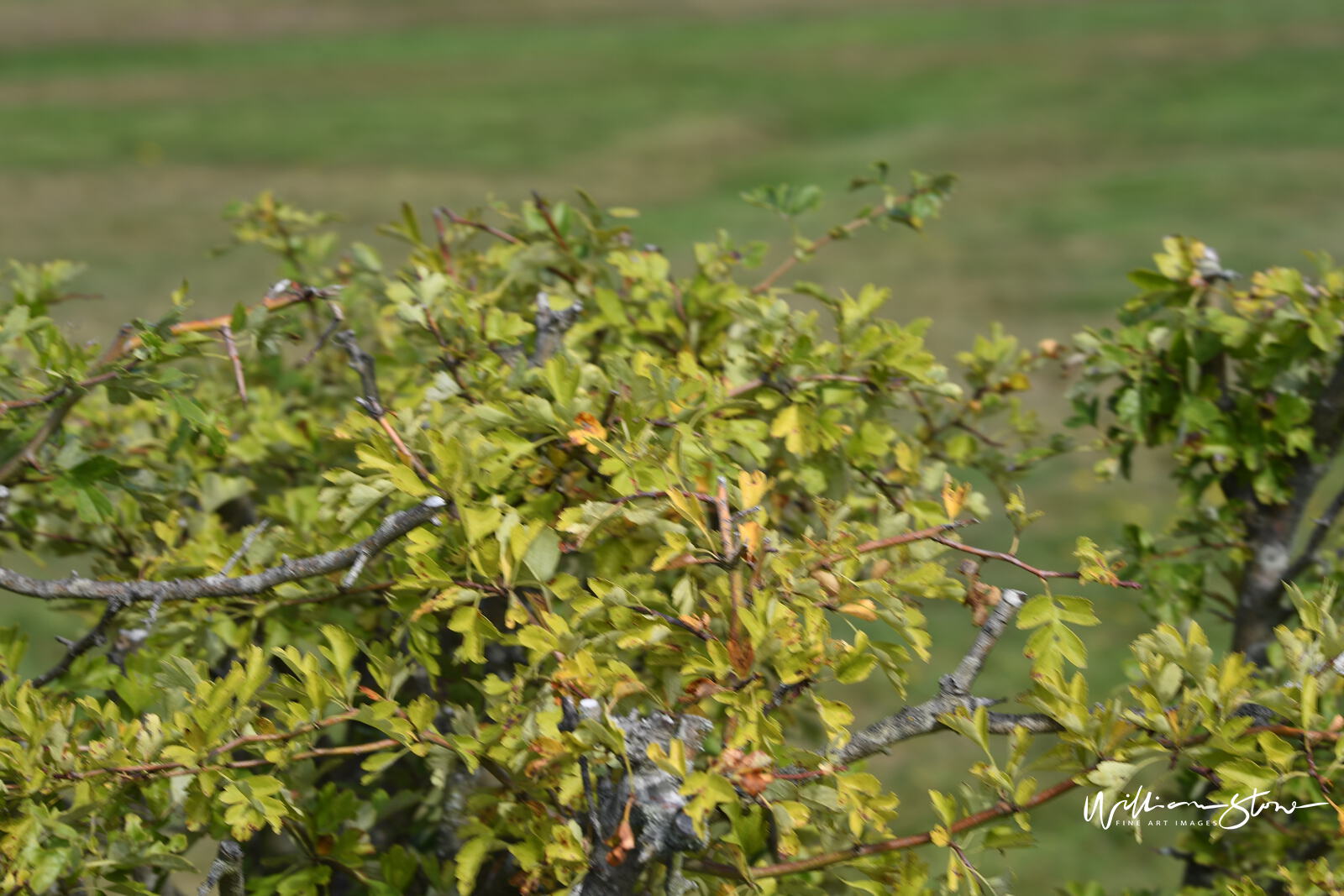Flower shows are just amazing when all the conditions are right, and you happen to have the right lenses. There is a particular time of the day when you can snap the flowers at their best--this will be within a few hours after they have been watered down and within the hour the sun comes out.
Flower Shows - July 2020

The use of artificial light vs sunlight, in which I prefer sunlight, but flower show conditions mean that bright daylight is not always available and I have to improvise.
In the garden, the place, weather conditions and time of day you take your pictures can also make a big difference. If you take photos in full sun, they will tend to have bright highlights and dark shadows. Instead, most photographers recommend taking pictures in bright overcast conditions or light shade (in the shade, but plenty of skies visible). The colours will look nicely saturated, but you won’t have the high contrast and harsh shadows to detract from your picture.
Personally, I quite like sunshine, particularly hazy or spring sunshine, but then I like strong, saturated, high-contrast images of plants, rather than the classic soft tones. I feel that a touch of sunlight brings an image to life. I took the first picture of the meadow at Blackthorn in heavily overcast conditions. In the second photo, the sun was trying to breakthrough. It didn’t succeed, but even that hint of sunshine makes all the difference to the colours and contrast.
You can avoid getting burnt-out highlights by shooting with the sun behind you rather than behind the plant. Be careful not to cast a shadow on the area you are photographing. Shading the viewfinder of the camera from the sun will help to prevent bad exposures.
The angle from which you take your photo can make a massive difference in how good your plant looks. Flower Show photographers tend to use a standard angle, looking down slightly at the plant. Some plants look better from overhead, and many look their best when photographed from the side at a much lower angle. Often, it would be best if you experimented to find the best angle. Changing the angle of view can also help you disguise weaknesses in the plant, e.g. a bald spot on the top of the cushion, it helps if you get all or most of the plant in focus. If you use the wide-angle end of the zoom on your camera and get close to the plant you are photographing, you should get lots of the plant in focus. This approach also tends to change the shape and geometry of the plant, but that can make it look more impressive and dramatic. Experiment with the zoom to see what works best.
I usually focus on one of the flowers on the plant which is closest to me – it doesn’t matter too much if the back of the plant is out of focus, but it doesn't look perfect if the front of the plant is out.
At this point, I would typically go on to talk about considerations relating to exposure. But you are taking a whole plant portrait, in good bright light. In that case, you can probably get away with leaving your camera in automatic exposure mode unless you are already familiar with your exposure controls, if you are finding that there is not enough of the plant in focus, then you need to set your camera into an exposure mode where you can control the aperture being used (aperture priority). Set the camera to a small aperture for high depth of field (for a range f2 to f8, choose f8. If the range goes up to f16 or beyond, choose f16). The drawback of this is that as you choose a smaller and smaller aperture, the shutter speed the camera chooses gets slower and slower. Eventually, the photo will be blurred when the plant blows around, and you can’t hold the camera stable enough to keep it still. Using a tripod will help with keeping the camera steady, but if it is windy, you will have to find somewhere (indoors?) out of the wind.
